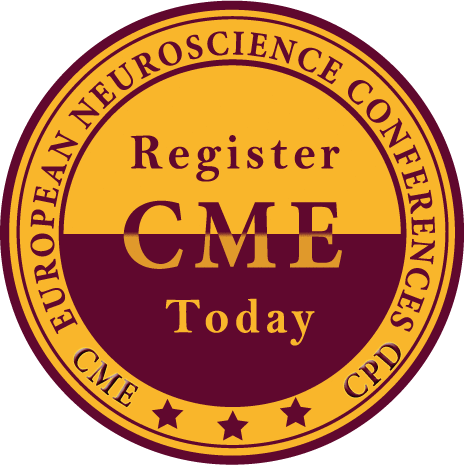Aurelian Anghelescu
Carol Davila University of Medicine and Pharmacy, Romania
Title: Clinical and Pathophysiological Considerations of Gait Limitations and High Prevalence of Falls, in Elderly with Most Common, Disabling Neurological Diseases – Mini Review
Biography
Biography: Aurelian Anghelescu
Abstract
Age-related gait and balance disturbances represent one of the most common geronto neurological symptoms, with different etiology and clinical pathological features (antalgic gait, paretic, spastic, ataxic, sensory deficit, hypokinetic, dyskinetic, anxious, and psychogenic) and often lead to falls in seniors. The pathogenesis of gait disorders include sensory deficits (visual, vestibular, somatosensory), neurodegenerative processes (cortical, extrapyramidal, cerebellar), cognitive degradation, depression and anxiety (primary or concerning falls), orthostatic hypotension, cardiac arrhythmia or
insufficiency, adverse effects of medication, toxic factors (alcohol). Physiopathological basis of gait and balance dysfunctions is better understood with modern neuroanatomical mapping technique (diffusion-tensor tractography, DTI). The authors make a review of the literature regarding age and gender-related effect on microstructural topographic degeneration of the white matter (WM), respectively the disproportionate myelin alterations (density and topography) in different pathological neurologic entities: stroke, Parkinson's disease, leuconevraxitis, cerebral small vessel disease, Alzheimer.
For geronto neurological impaired people, falling represent an important cause of injury, disability, even death, and a major public health problem. Prevention is better than cure, and can considerably reduce the psychological and physical
morbidity, and the dependence on family care, social support and healthcare services. A targeted and adequate prophylaxis with multilevel interventions at endogenous and/or exogenous pathological items, addressing general public and community-dwelling elderly in prevention programs focused to raise awareness, represent the real cure for injurious falling.

